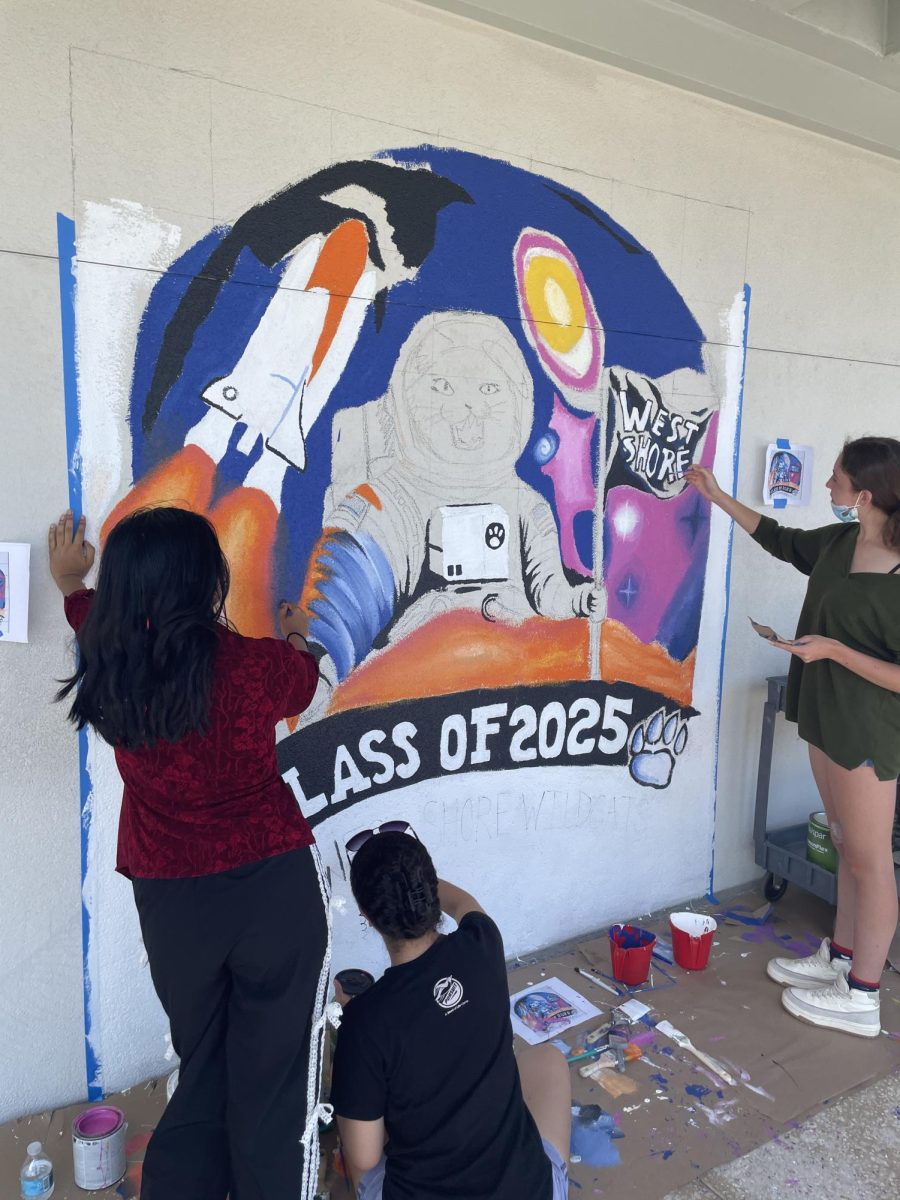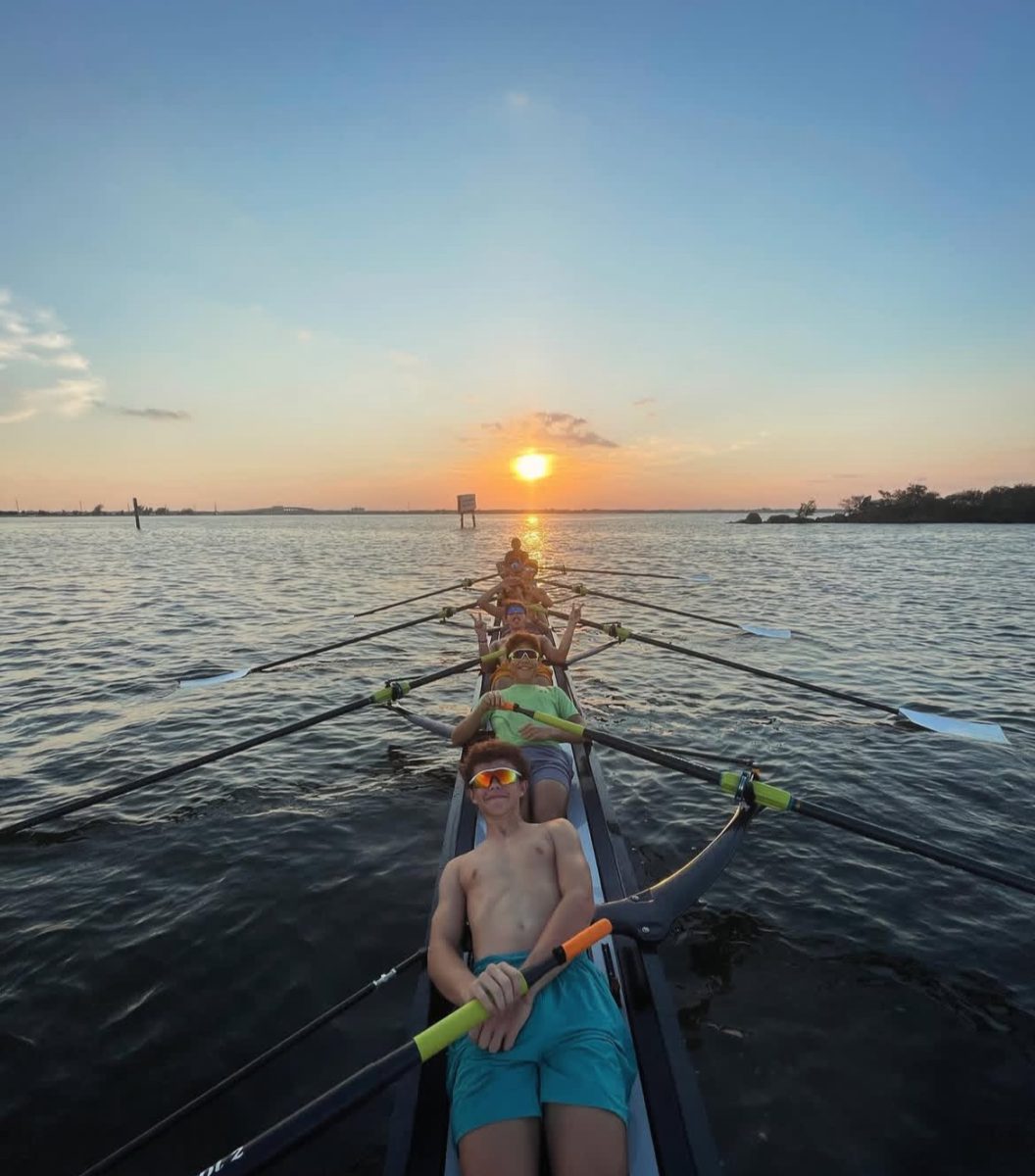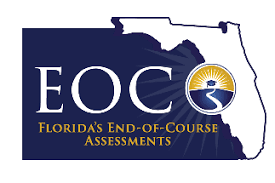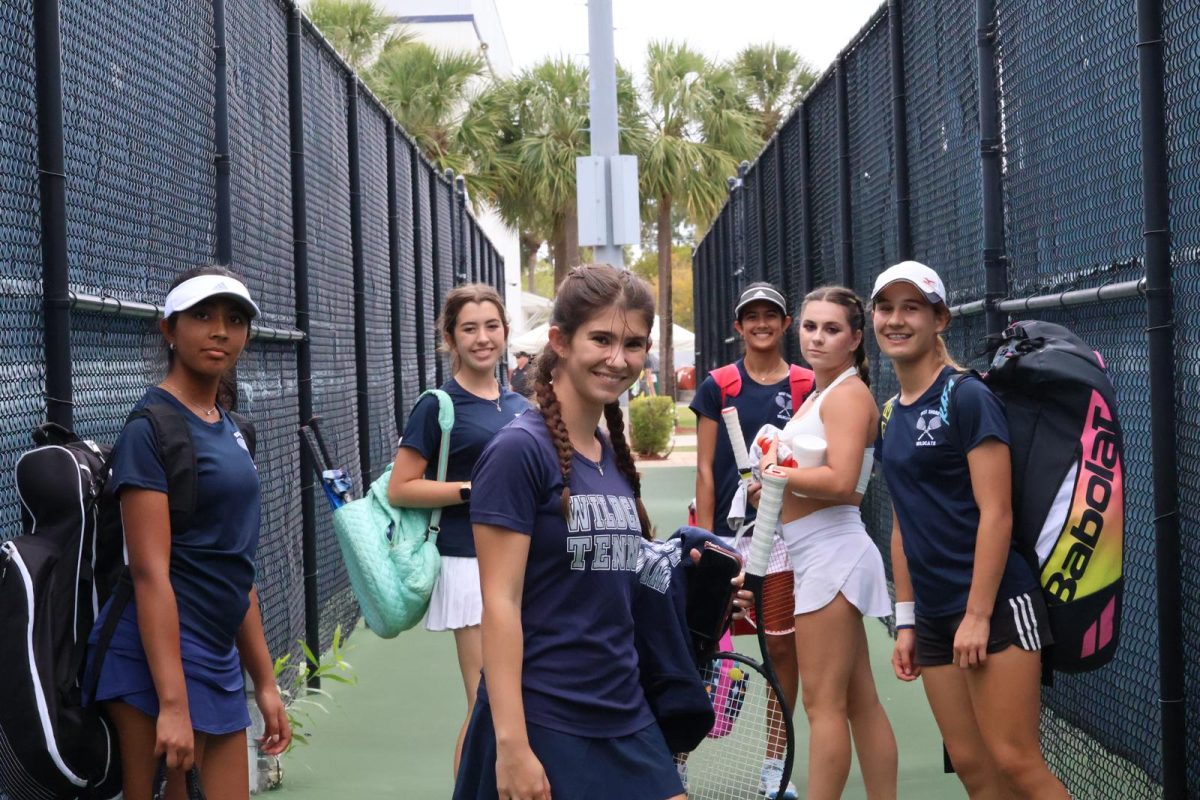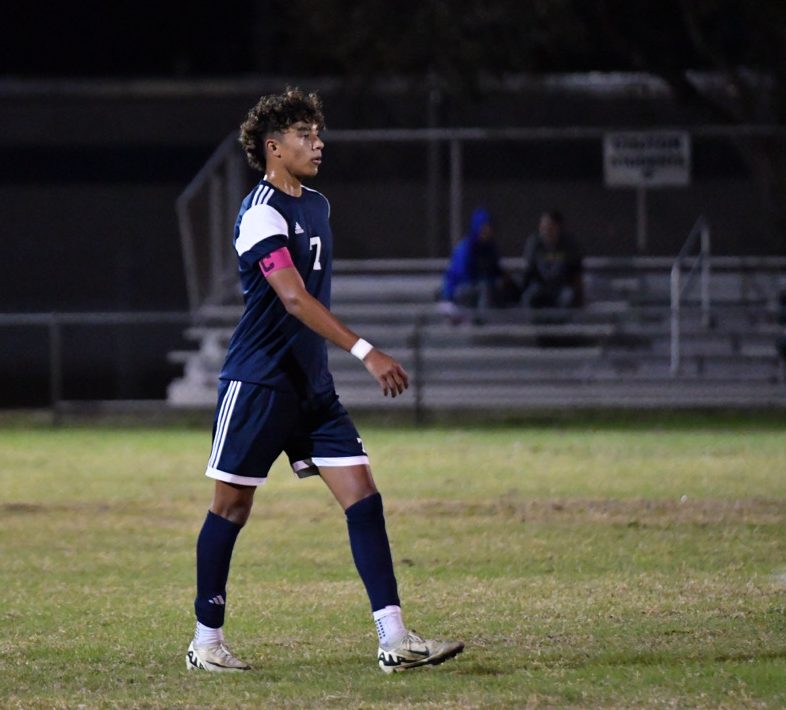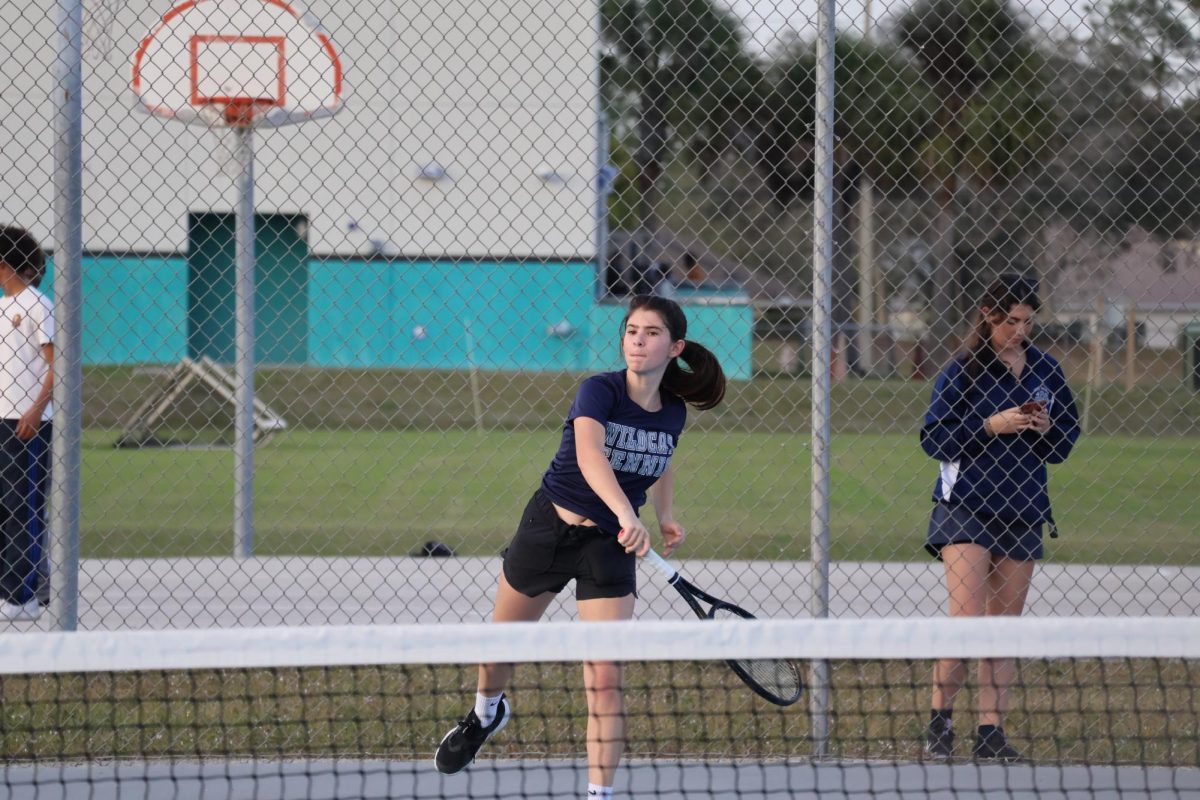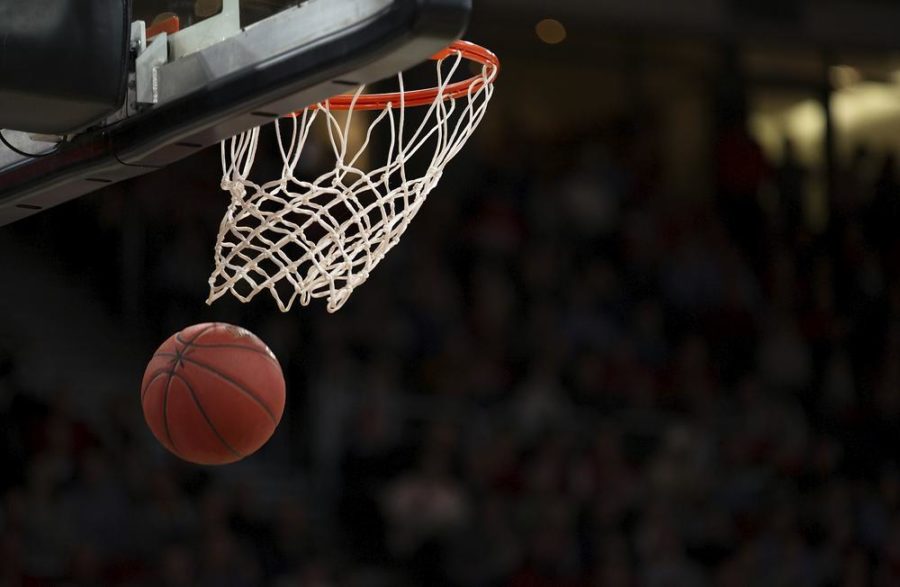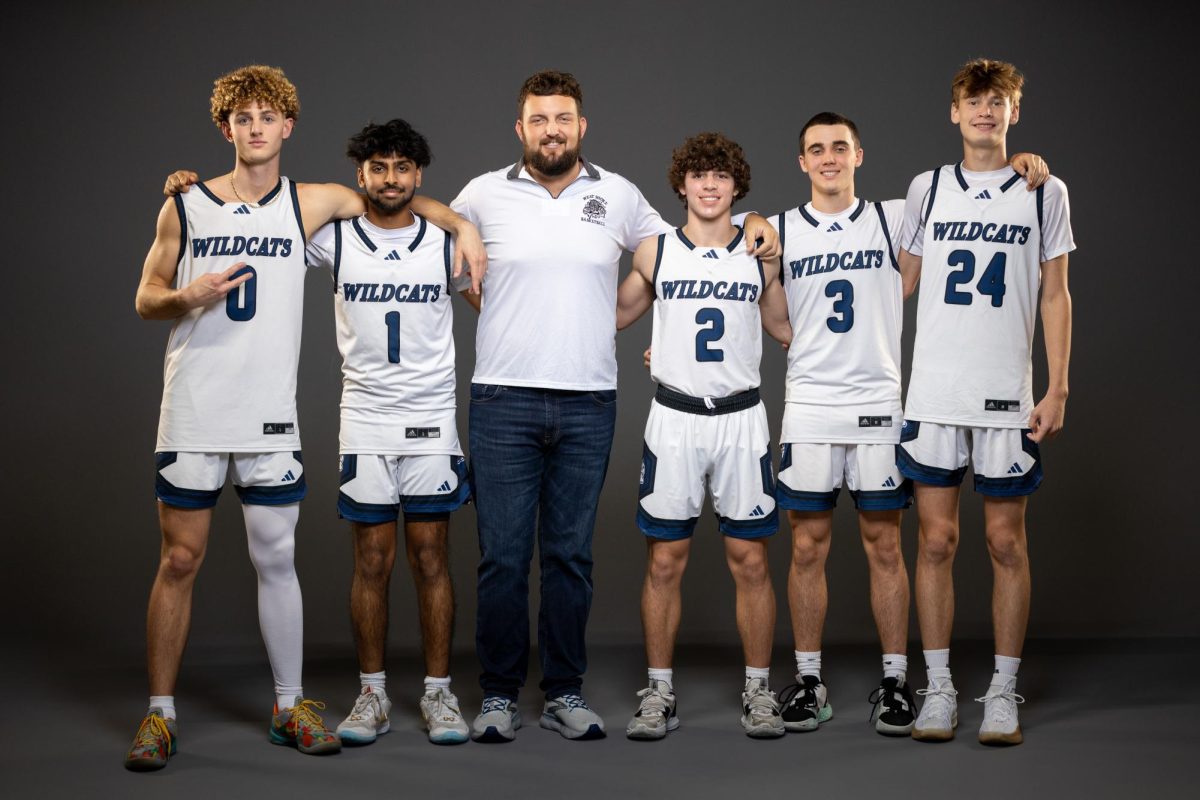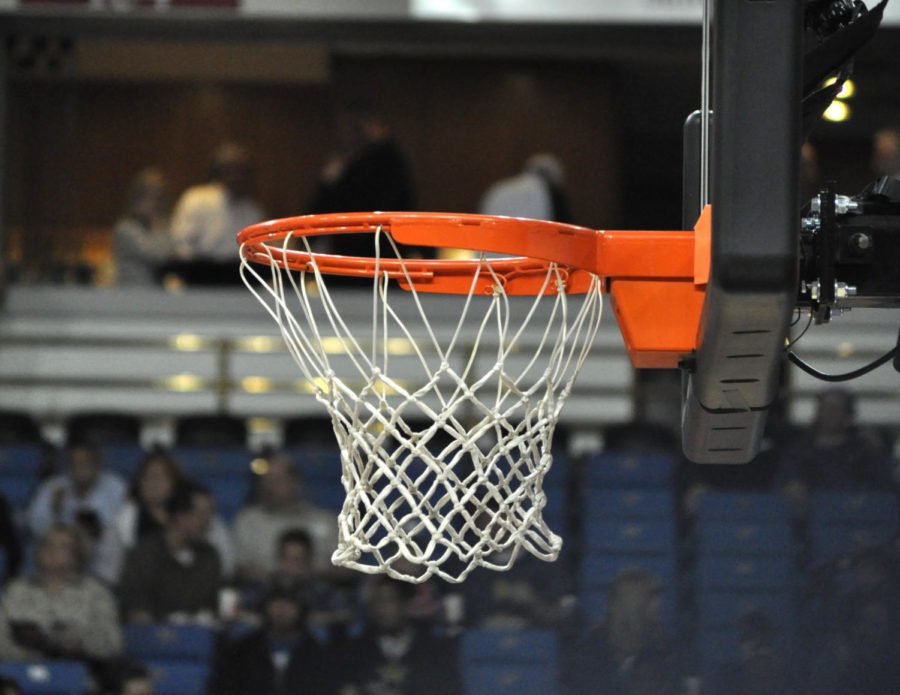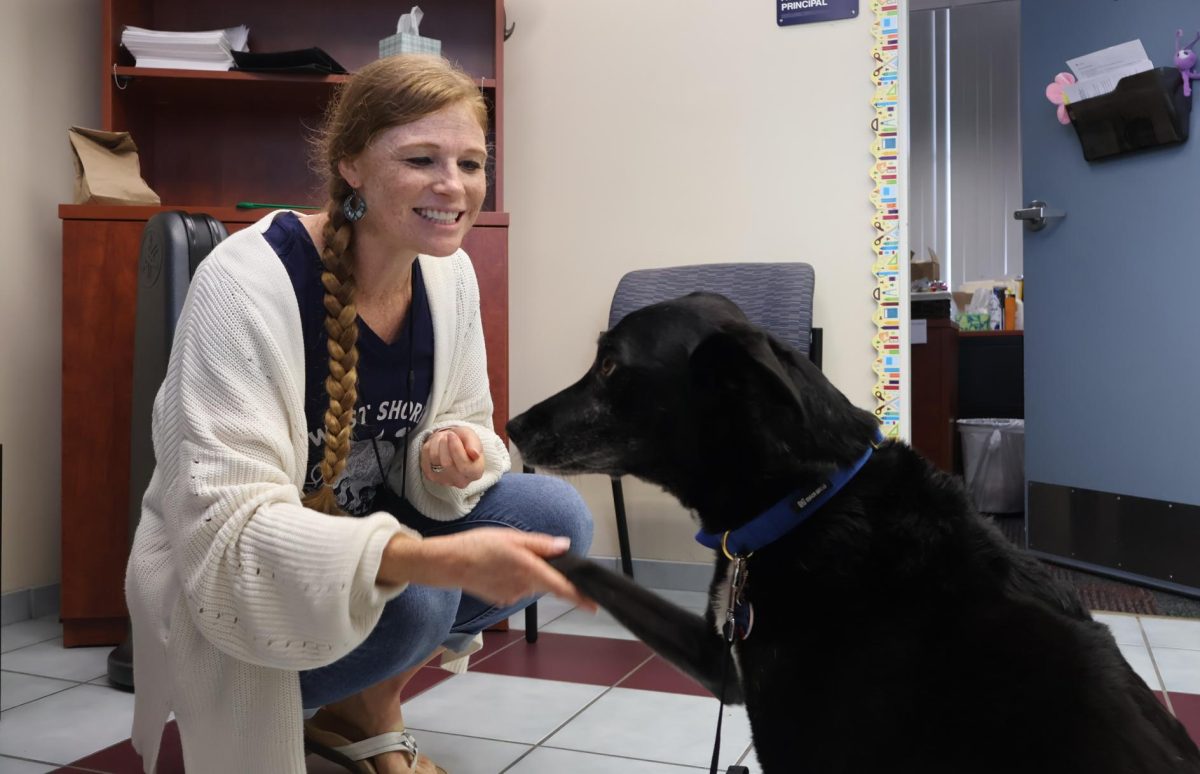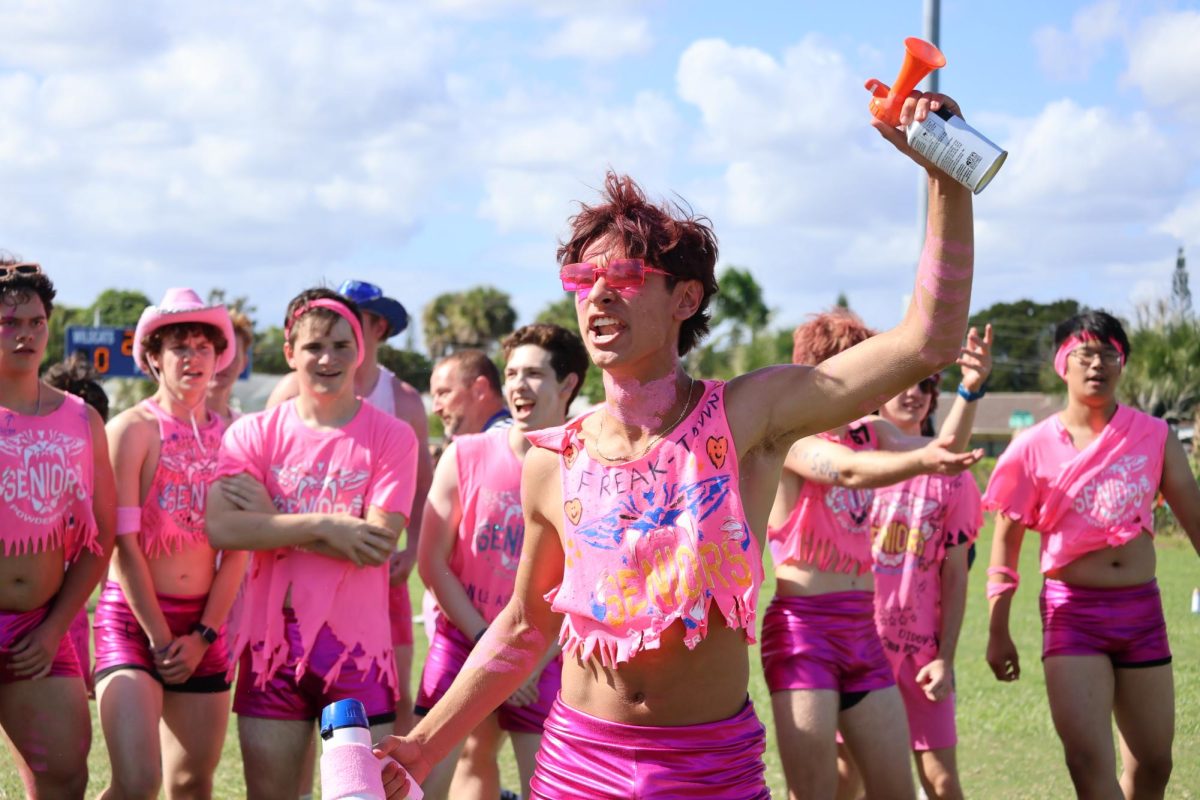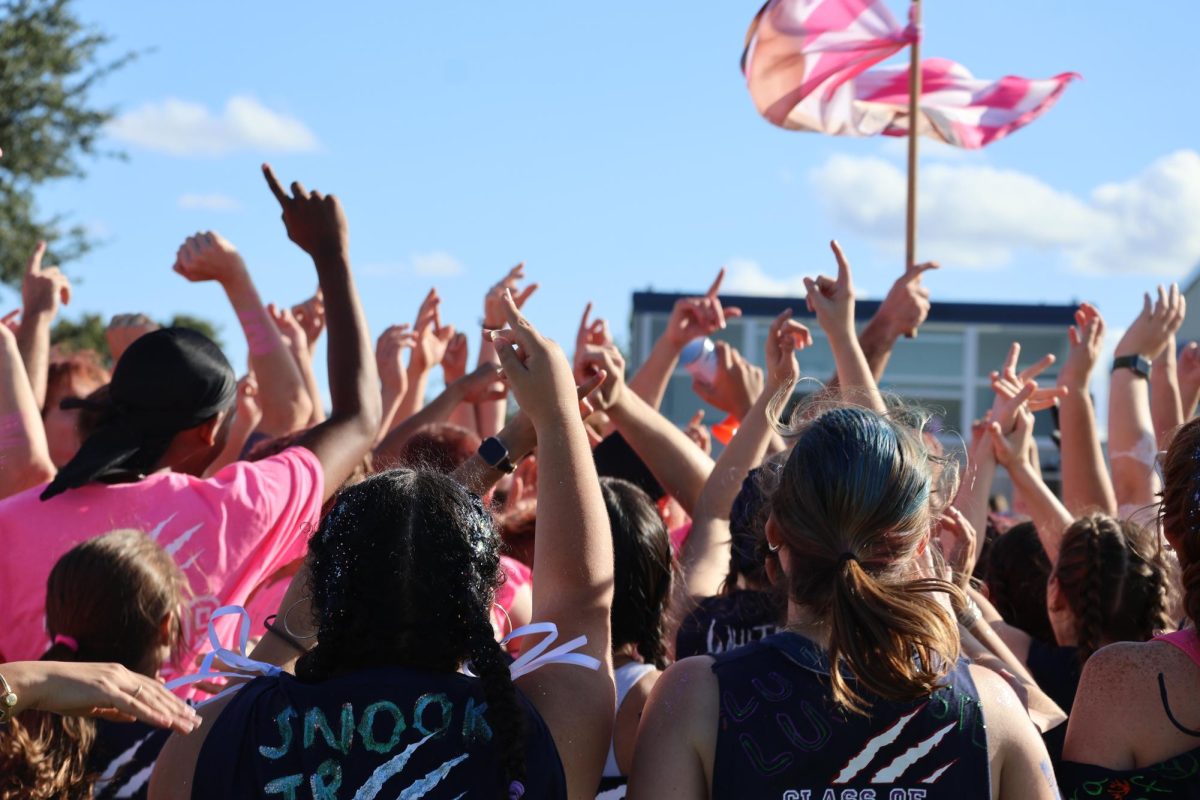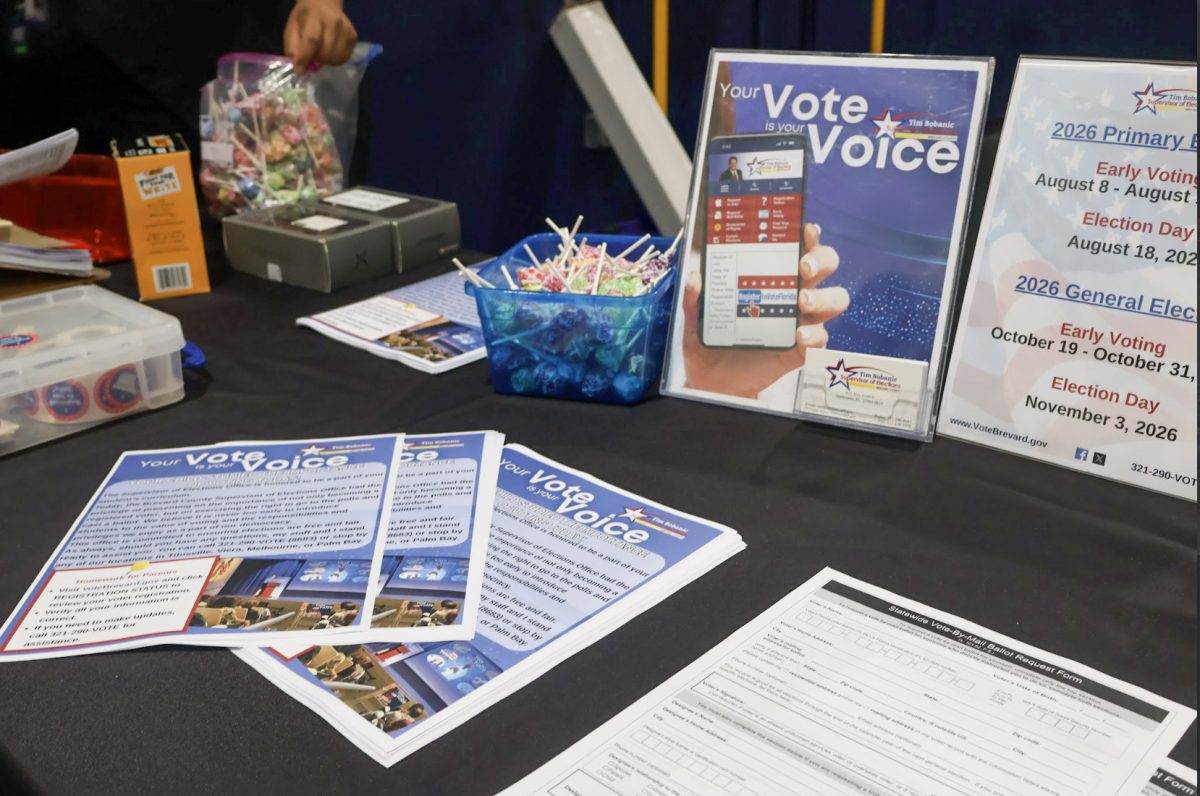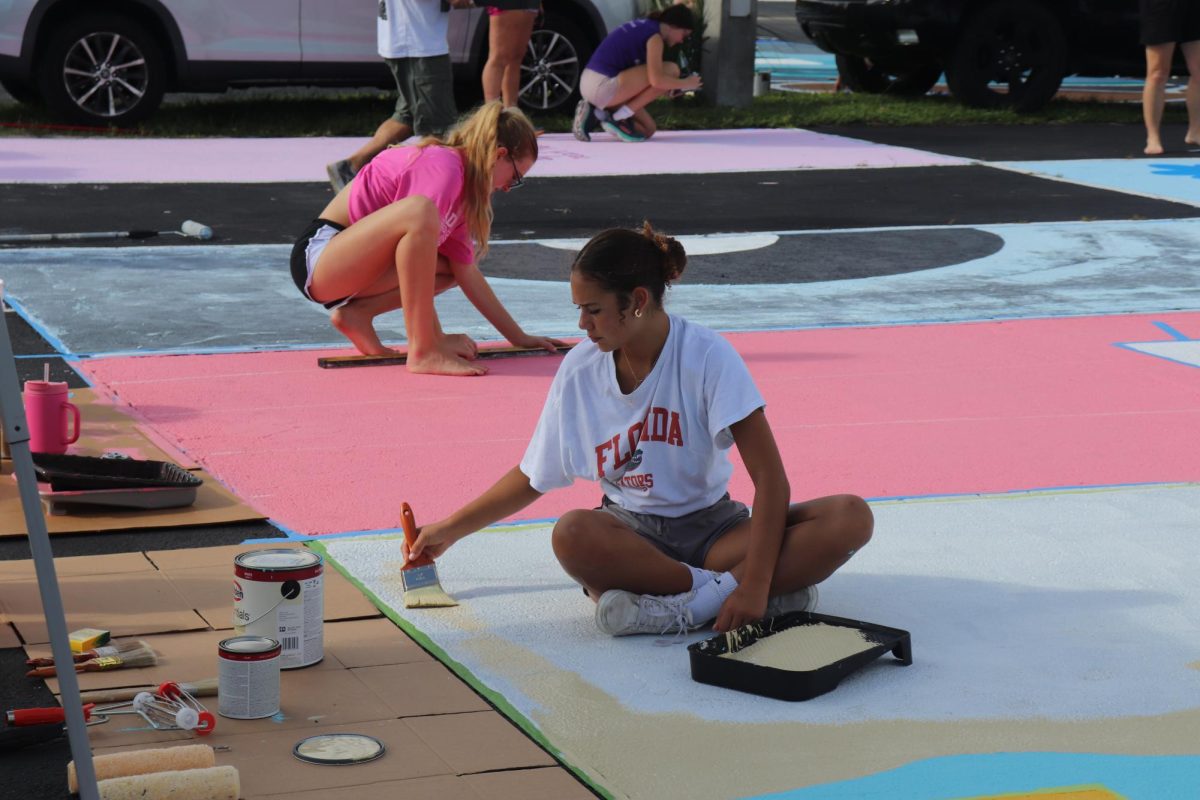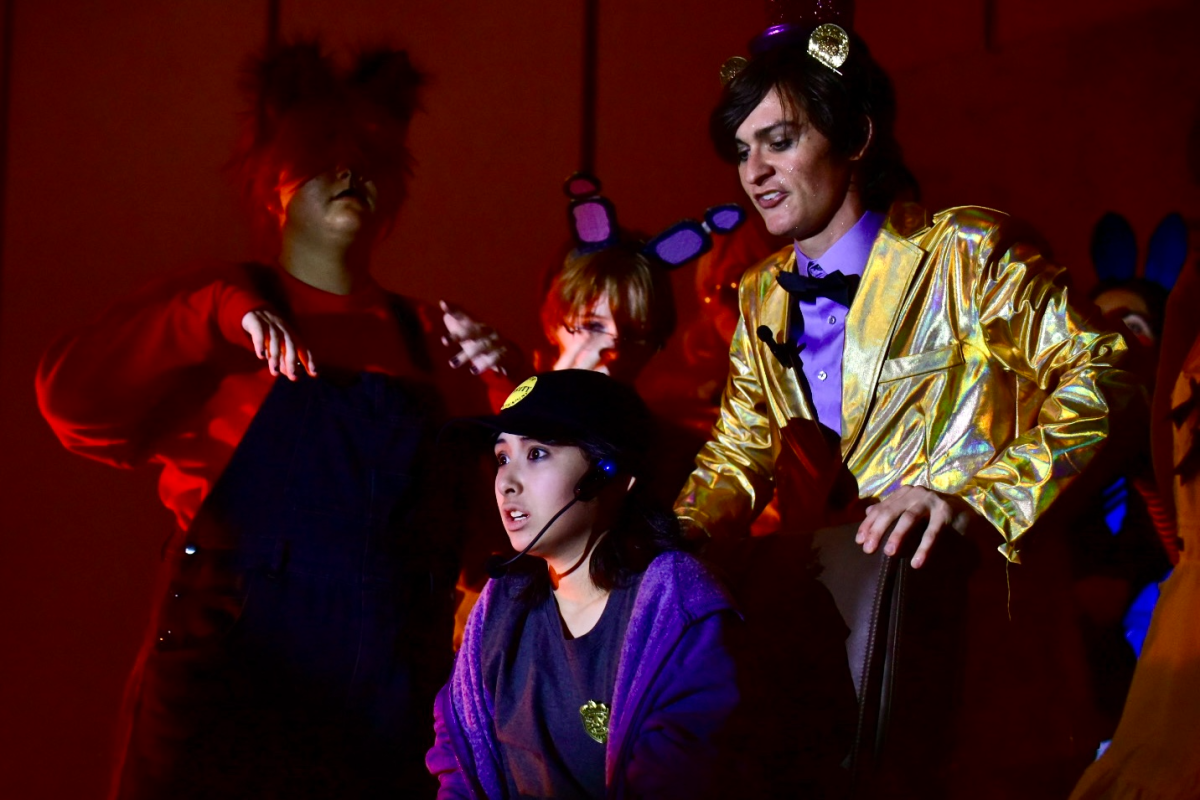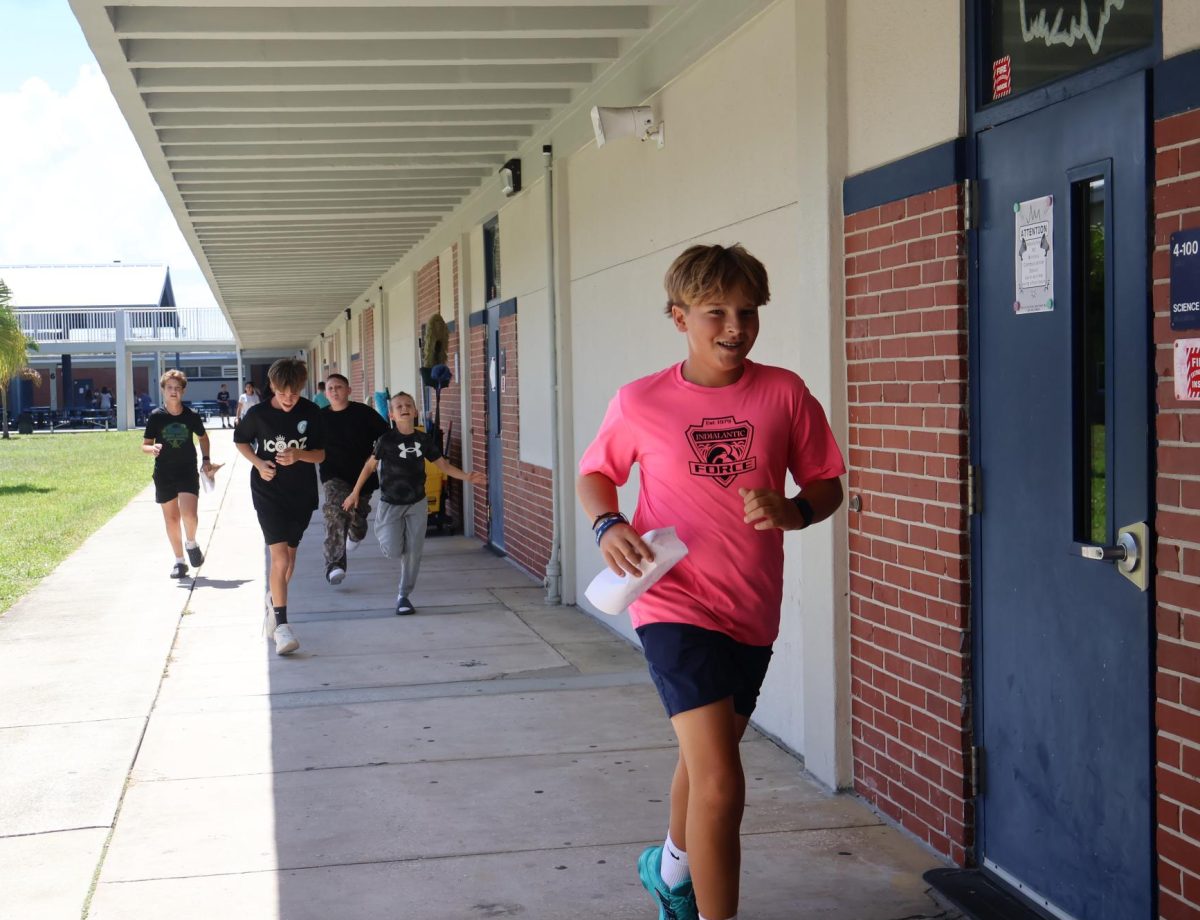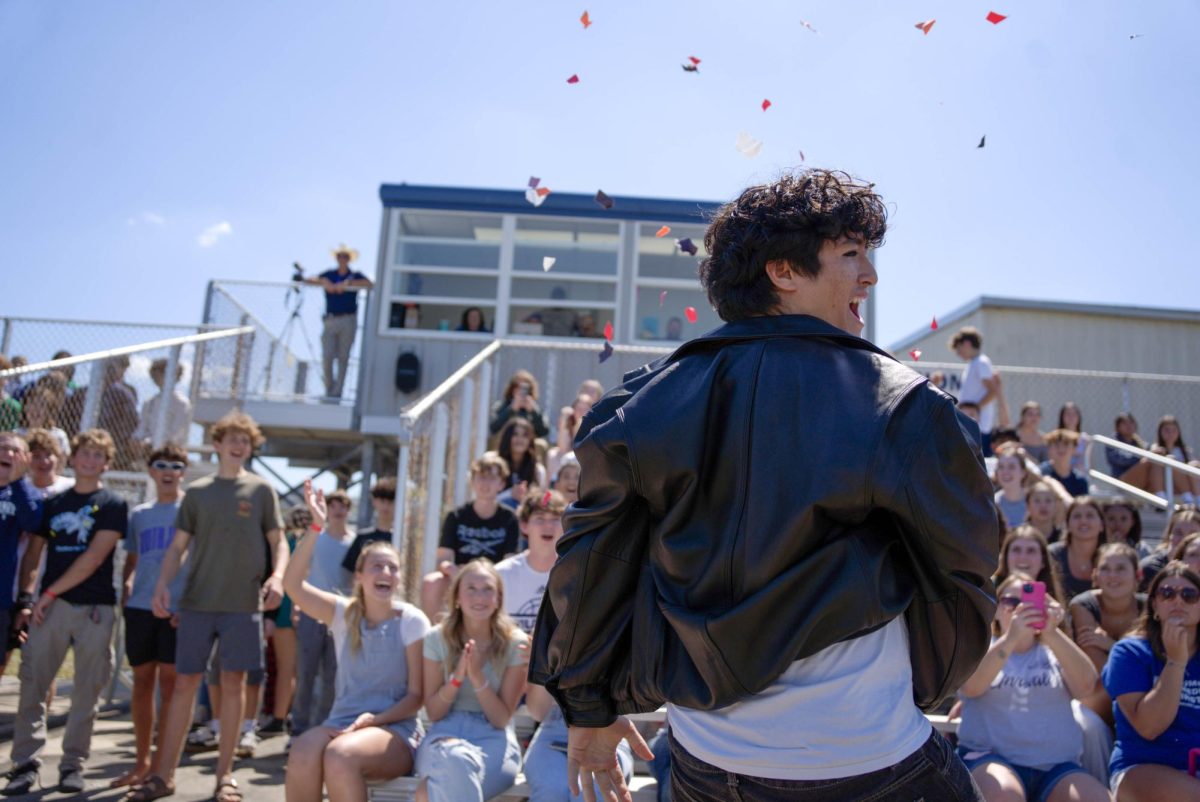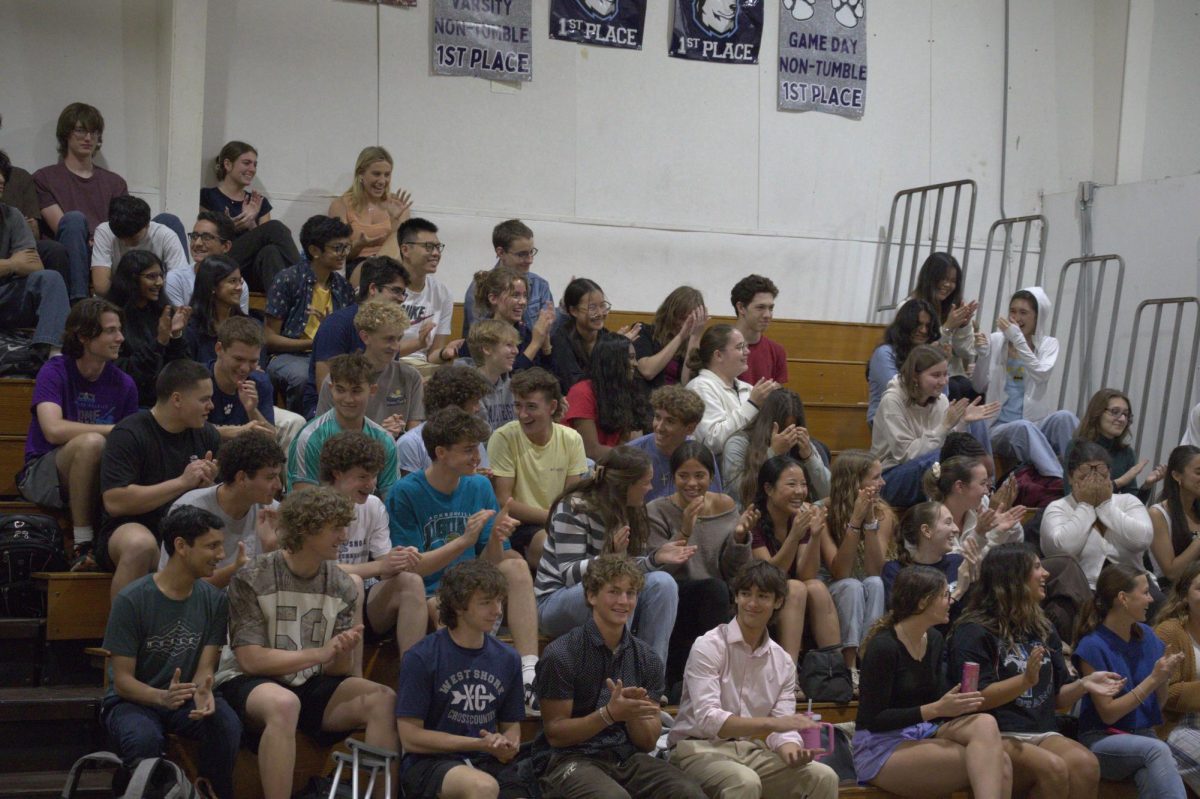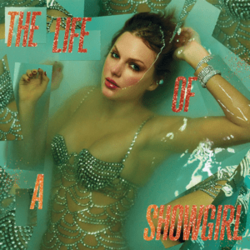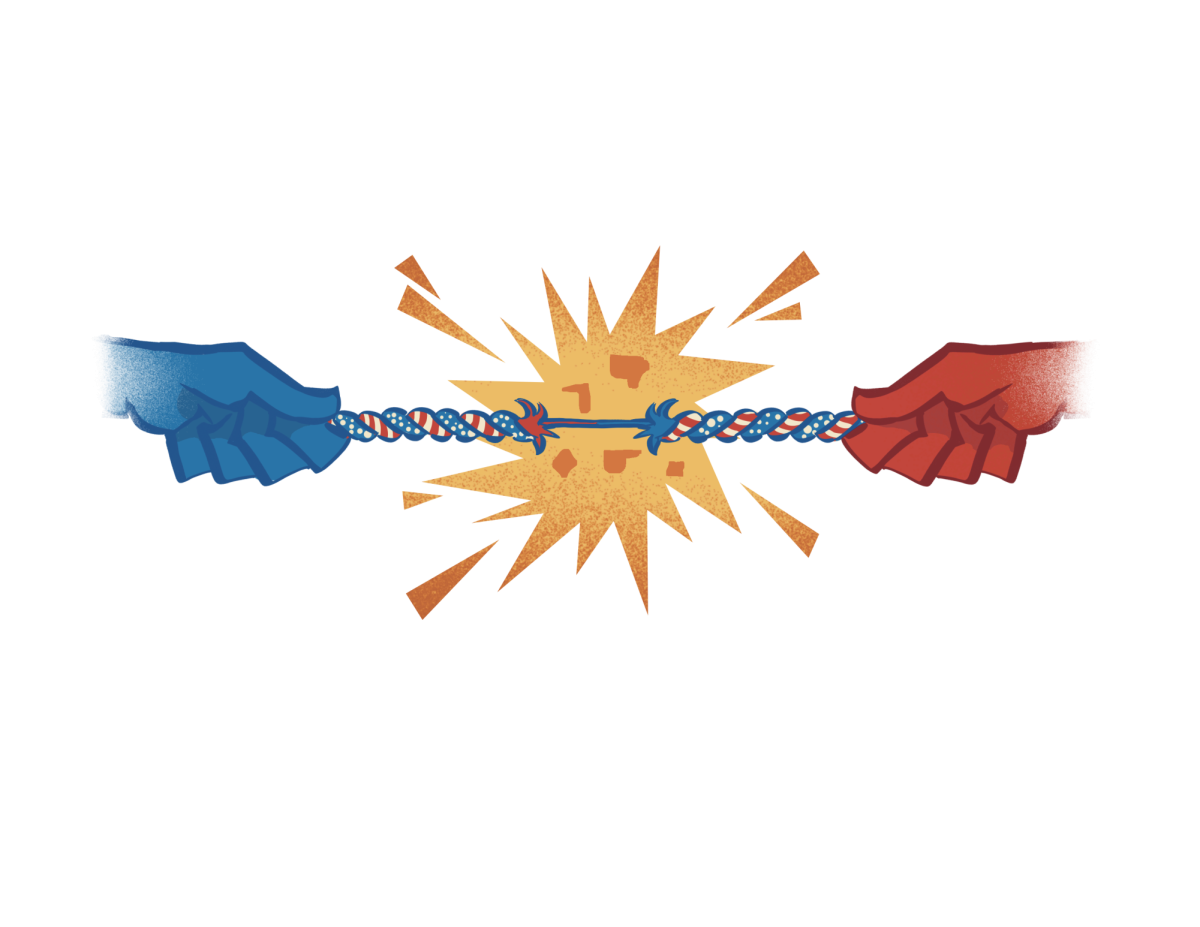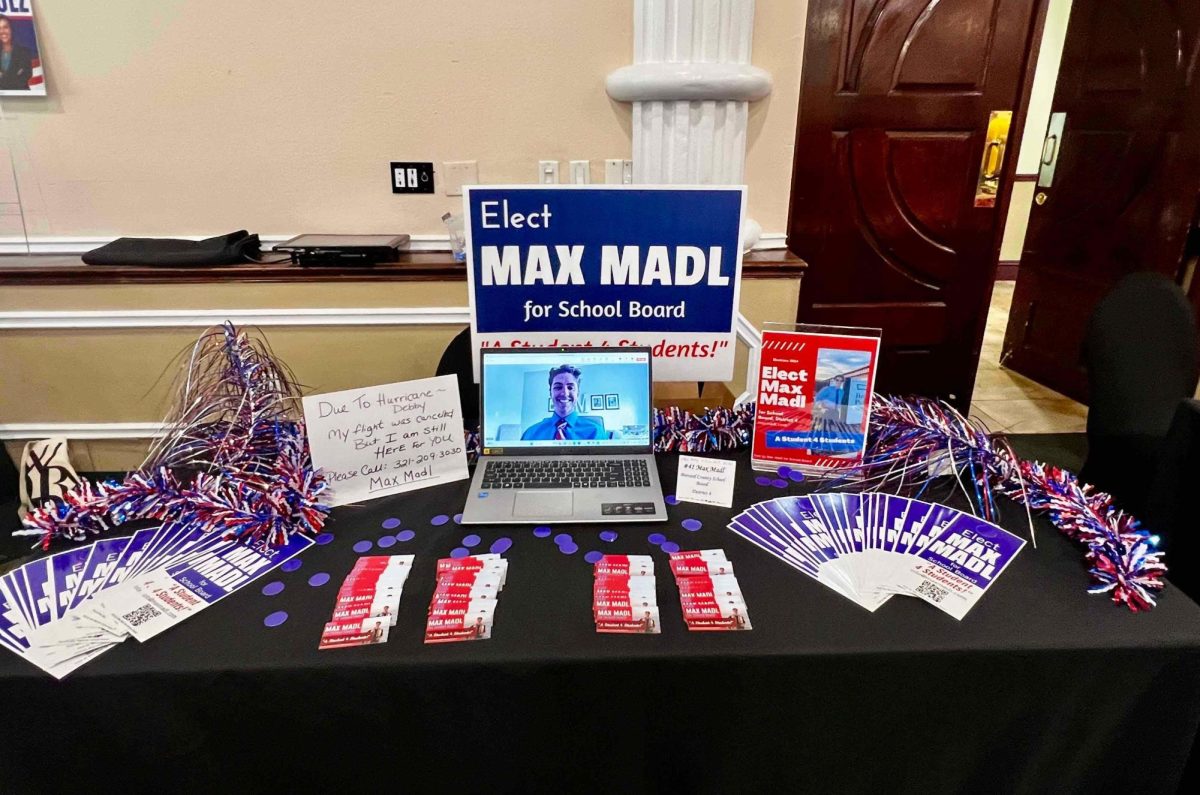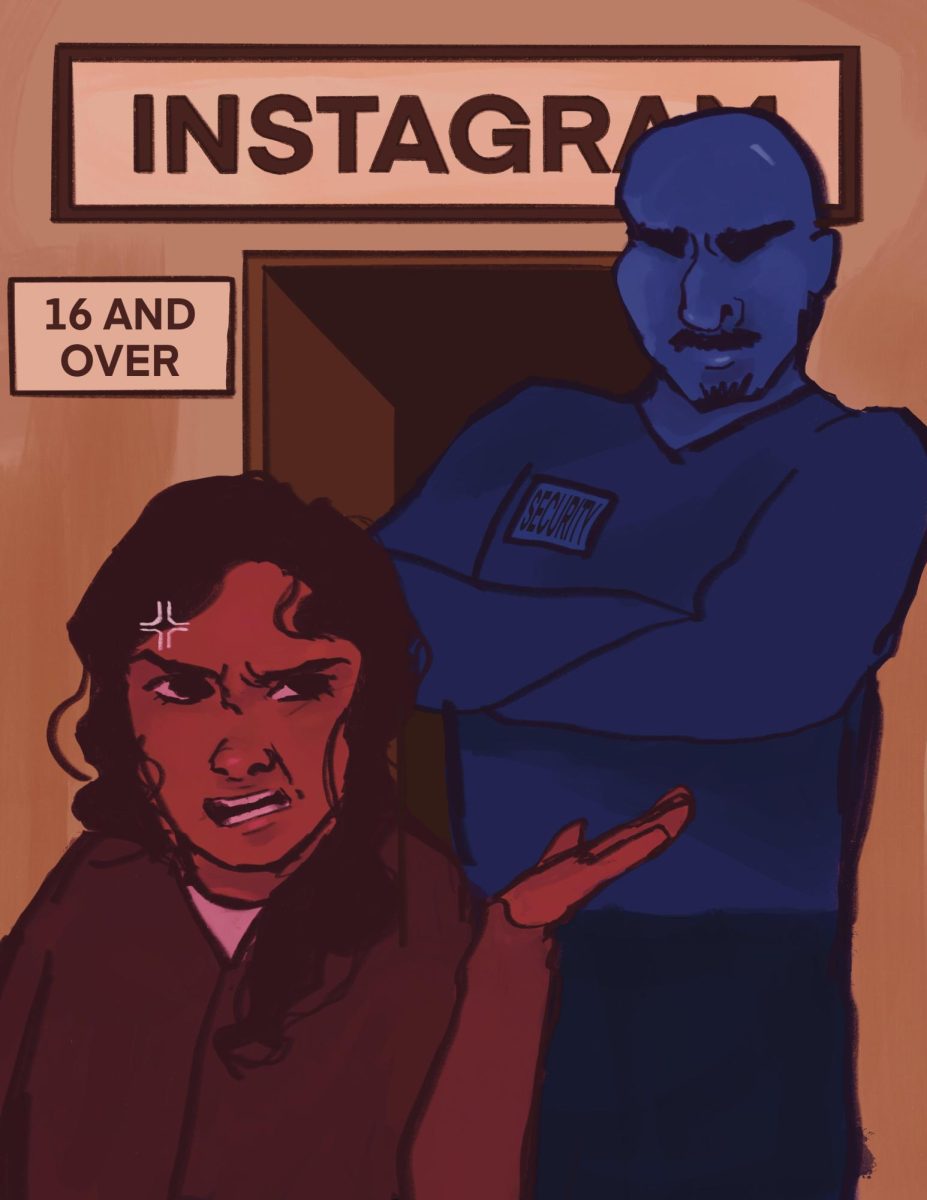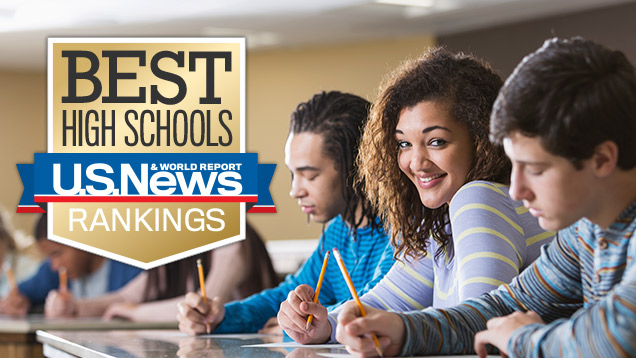West Shore has secured the position of No. 4 among 1,130 public schools in Florida, according the new rankings by “U.S. News & World Report” released Monday. Nationally, West Shore stands at No. 43 out of 17,680 public high schools in the nation. Assistant principal Glenn Webb said the schools success lies in the effort put in from students, families and faculty.
“There are many factors [that contribute to the schools success, but] I think that the relationships that are built between the teachers and the students, and the teachers and the families are critical,” he said. “I think that there’s a sense that we’re all on the same team. What [West Shore] is out for is what’s best for students in the long run. Our students accept the challenge.”
Junior Kendyll Merritt draws a comparison between the academic obstacles she encountered at her previous school, Viera High School, and her experiences at West Shore.
“I think that the workload here is a lot more,” she said. “I had a lot more free time at Viera. Here, you have to actually focus in class in order to absorb the material. It feels good to go to a school that academically challenges me, but now I have to work harder.”
Schools that rise to the top of national rankings are often those with specialty programs. Because West Shore is a public school, achieving such a prominent ranking holds great significance.
“When you look at your top schools in the state and in the nation, many of them are going to be specialty schools, like science academies, or schools for the gifted and things like that,” Webb said. “We are just one program option in Brevard County as a public school. It’s nice to see that all the hard work that our teachers and our students put in collaboratively is paying off.”
The overall score card for West Shore is 99.76. According to U.S. News & World Report, school rankings are determined by performance on state-required tests, graduation rates, as well as college readiness.
“You know, [West Shore] is not supposed to be easy,” Webb said. “If it was easy, everybody would do it. When [students] run into barriers, I think our students embrace that. They [see] that working hard on this one thing is going to benefit them in a lot of different ways. “

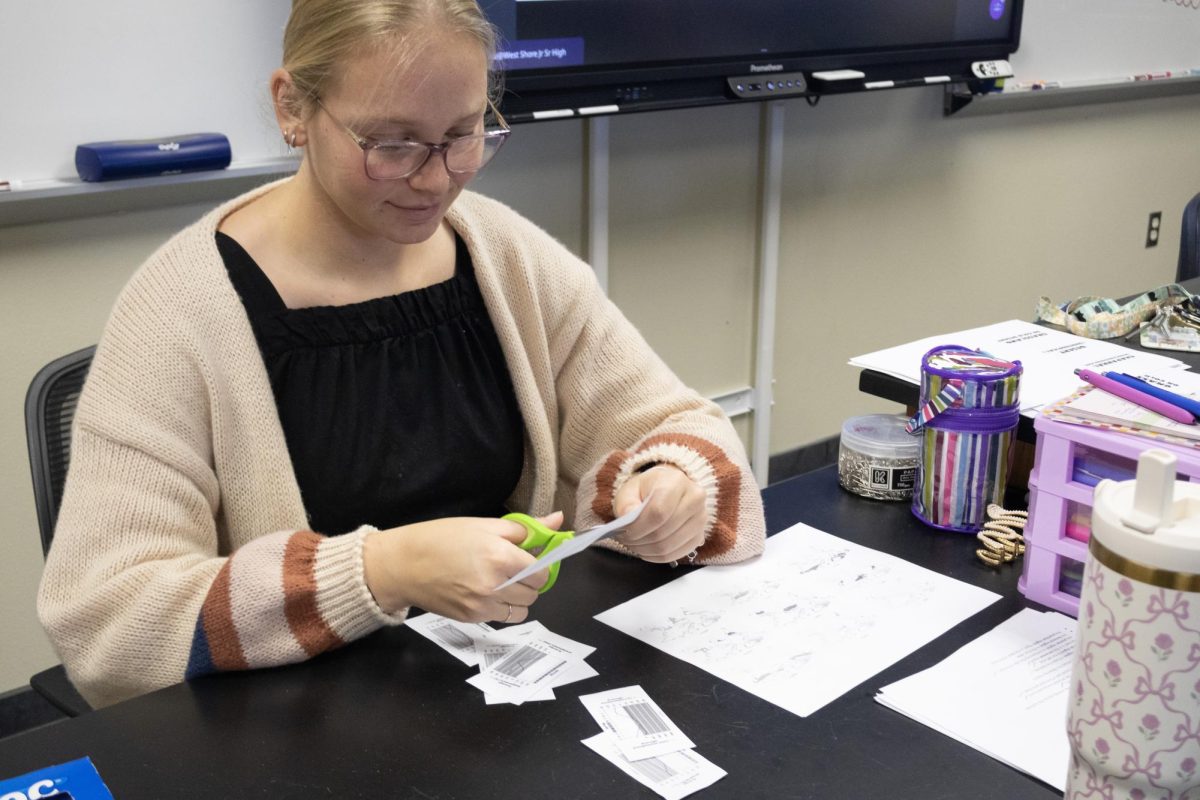
![Sophomore Isabelle Gaudry walks through the metal detector, monitored by School Resource Officer Valerie Butler, on Aug. 13. “I think [the students have] been adjusting really well," Butler said. "We've had no issues, no snafus. Everything's been running smoothly, and we've been getting kids to class on time.”](https://westshoreroar.com/wp-content/uploads/2025/08/IMG_9979-1200x800.jpg)
